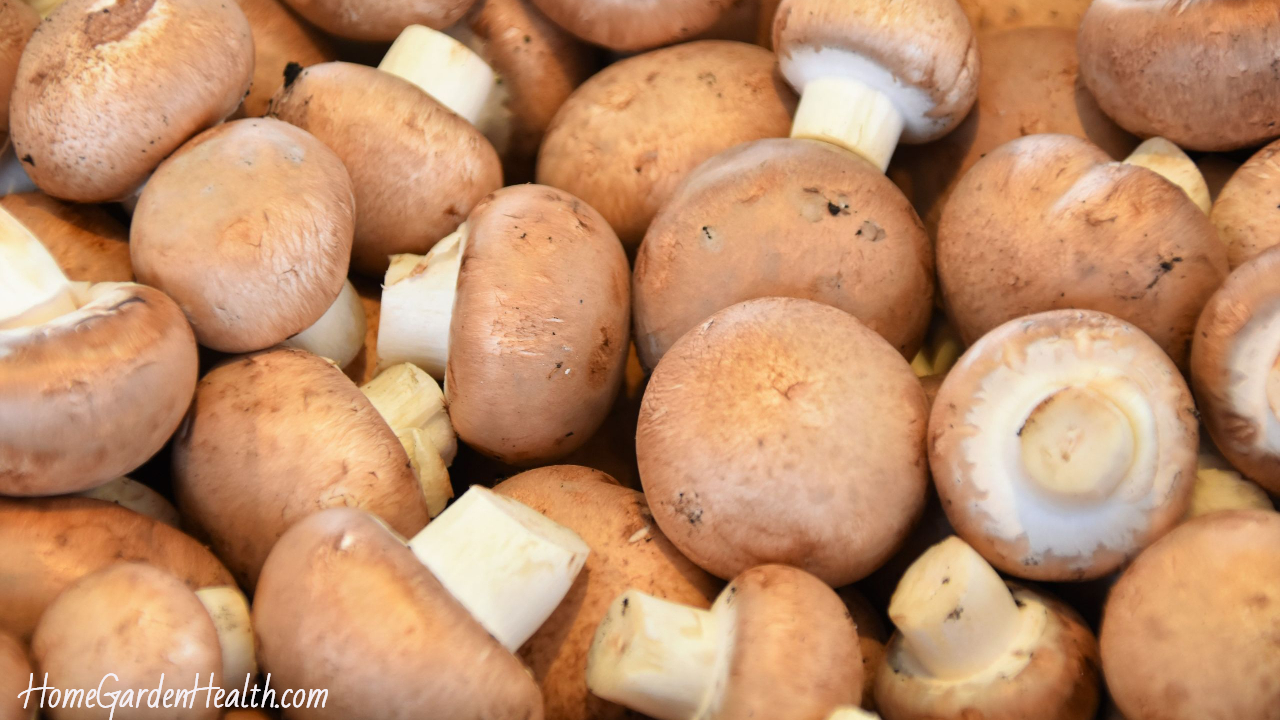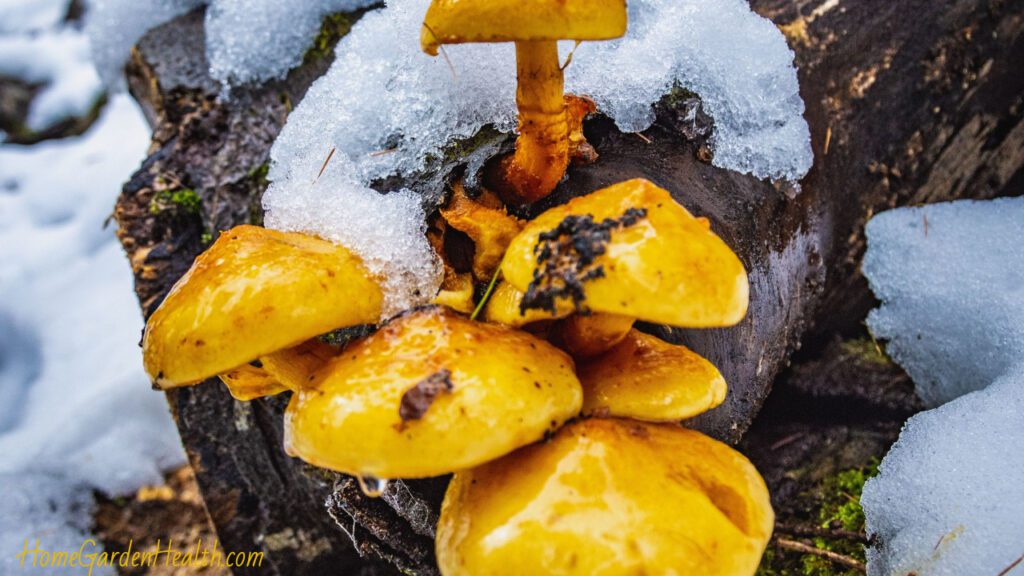
Growing Mushrooms in Winter
Introduction
Welcome to our comprehensive guide on growing mushrooms in winter. At HomeGardenHealth, we are committed to providing you with expert insights and strategies to help you successfully cultivate mushrooms during the winter season. In this guide, we will share valuable tips, techniques, and step-by-step instructions to ensure your mushroom-growing endeavors thrive, even in the colder months. Let’s dive right in!
Thinking about growing mushrooms at home? learn more here!
Understanding the Winter Mushroom Growing Challenges
Winter presents unique challenges for mushroom cultivation due to the colder temperatures and reduced daylight. However, with the right knowledge and strategies, you can overcome these obstacles and enjoy a bountiful mushroom harvest.
Selecting the Right Mushroom Varieties for Growing Mushrooms in Winter
Choosing the appropriate mushroom varieties is crucial for successful winter cultivation. Some mushroom species are more resilient and better suited for colder temperatures. Here are a few popular choices:
- Shiitake (Lentinula edodes): Known for its robust flavor and health benefits, shiitake mushrooms are cold-tolerant and can be grown throughout the winter season.
- Oyster (Pleurotus ostreatus): Oyster mushrooms are adaptable and can thrive in colder conditions. They are also fast-growing, making them an excellent choice for winter cultivation.
- Lion’s Mane (Hericium erinaceus): With its unique appearance and delicate taste, lion’s mane mushrooms can be successfully cultivated in colder environments.
Creating the Ideal Growing Environment
To maximize your chances of success, it’s crucial to create an optimal growing environment for your mushrooms. Here are the key factors to consider:
Temperature Control
Maintaining the right temperature is essential for mushroom growth. Different mushroom species have specific temperature requirements, so it’s important to research and understand the ideal range for your chosen variety. Use a thermometer to monitor and adjust the temperature accordingly.
Humidity Management
Mushrooms thrive in humid environments, so it’s crucial to maintain proper humidity levels. Use a hygrometer to measure humidity and employ techniques such as misting, fogging, or using a humidifier to ensure consistent moisture.
Lighting and Darkness
While mushrooms don’t require direct light for photosynthesis like plants, they do benefit from indirect light. Position your growing area near a window to provide natural light, or use artificial lighting systems if natural light is insufficient.
Air Circulation
Proper air circulation is vital to prevent the buildup of carbon dioxide and excess moisture. Consider using fans or an air exchange system to maintain fresh airflow within the growing area.
Preparing the Growing Medium
The growing medium or substrate provides the necessary nutrients for mushroom growth. Different mushroom species have specific substrate preferences. Here are a few popular options:
- Sterilized Straw: Straw is a commonly used substrate for oyster mushrooms. Ensure it is properly sterilized to eliminate competing organisms that could hinder mushroom growth.
- Hardwood Logs: Shiitake mushrooms are often cultivated on hardwood logs. Select healthy logs, inoculate them with mushroom spawn, and provide the right conditions for colonization.
- Sawdust and Wood Chips: Lion’s mane mushrooms can be grown on a mixture of sterilized sawdust and wood chips. Properly prepare the substrate and inoculate it with lion’s mane spawn.
Thinking about growing mushrooms at home? learn more here!
Inoculation and Colonization Process
The inoculation process involves introducing mushroom spawn into the prepared substrate to initiate the colonization process. Follow these steps:
- Prepare the spawn by mixing it with the substrate material thoroughly.
- Transfer the inoculated substrate into suitable containers, such as plastic bags or trays, ensuring proper moisture and ventilation.
- Seal the containers to create a controlled and sterile environment, promoting optimal mushroom colonization.
- Place the containers in a designated growing area with the appropriate temperature and humidity levels.
- Monitor the colonization progress by observing the growth of mycelium, the white, thread-like network that develops from the spawn.
- Once the substrate is fully colonized, create small holes or make slits in the container to allow mushrooms to grow and develop.
Caring for Your Mushroom Crop
Proper care is essential to ensure the healthy growth and development of your mushroom crop. Follow these guidelines:
Watering
Maintain consistent moisture levels in the substrate by misting or lightly watering as needed. Avoid overwatering, as it can lead to fungal contamination or rot.
Temperature and Humidity Control
Continue monitoring and adjusting the temperature and humidity levels to provide an optimal growing environment for your mushrooms. Refer to specific species requirements for the best results.
Pest and Disease Management
Keep a close eye on your mushroom crop for any signs of pests or diseases. Promptly remove any infected or contaminated mushrooms to prevent further spread. Use organic pest control methods if necessary.
Harvesting Mushrooms
Harvest your mushrooms at the right time to enjoy their peak flavor and texture. Different species have varying harvest points, so refer to specific guidelines for each variety. Use a clean, sharp knife or scissors to cut the mushrooms close to the base, avoiding excessive handling.
Troubleshooting Common Issues
Even with careful cultivation, challenges may arise during the winter mushroom growing process. Here are a few common issues and their potential solutions:
- Slow or No Growth: Check the temperature, humidity, and moisture levels to ensure they are within the required range for your chosen mushroom species. Adjust conditions accordingly.
- Mold or Fungal Contamination: If you notice mold or other fungal growth that is not the desired mushroom species, remove the affected areas immediately and adjust environmental conditions to prevent further contamination.
- Deformed or Abnormal Mushroom Growth: Irregular mushroom shapes or abnormal growth patterns can result from improper growing conditions. Review temperature, humidity, and substrate moisture to ensure they are optimal.
Conclusion
Congratulations! You now have the knowledge and strategies to successfully growing mushrooms in winter. By understanding the unique challenges, selecting appropriate mushroom varieties, creating an ideal growing environment, and following proper care and maintenance practices, you can enjoy a rewarding harvest even during the colder months. Remember to conduct further research, adapt techniques to suit your specific circumstances, and experiment with different mushroom species to expand your culinary delights. Happy mushroom cultivation!
Learn More About Growing Mushrooms Succesfully Click Here

Links of Interest
- The Mushroom Council – The official website of The Mushroom Council provides valuable information on mushroom cultivation, recipes, health benefits, and more.
- Cornell University Mushroom Blog – Cornell University’s Mushroom Blog offers a wealth of knowledge on mushroom cultivation, research, and sustainable practices.
- North American Mycological Association – The North American Mycological Association (NAMA) is a leading organization dedicated to the study and appreciation of fungi. Their website provides educational resources, events, and a community of mushroom enthusiasts.


